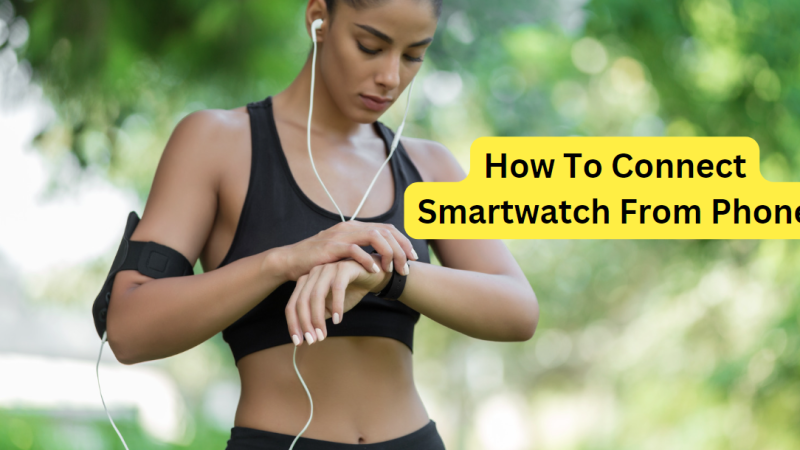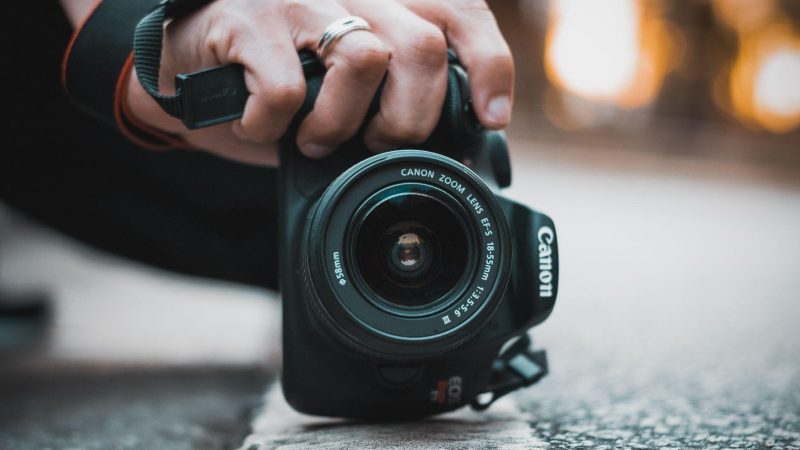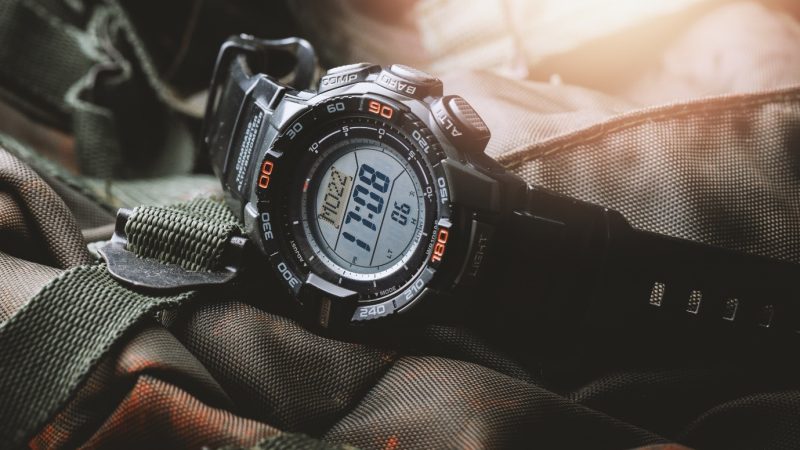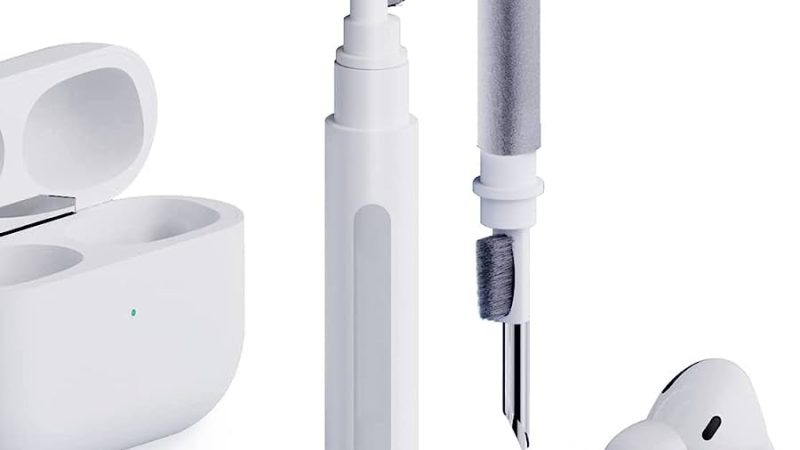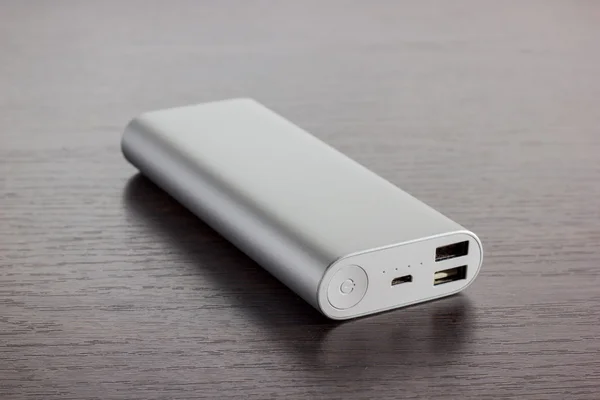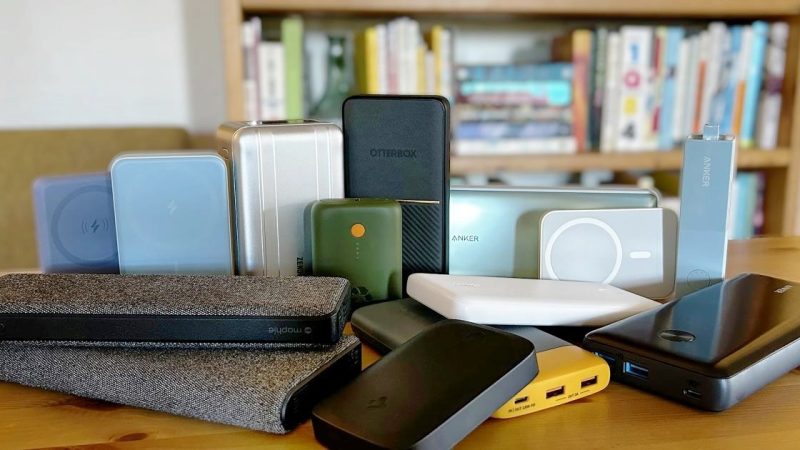How to Decide Which Headphones to Buy
There are a plethora of earphones and earbuds to choose from. What factors do I consider while making a purchase?
It’s a challenge! There isn’t a single headphone that will work in every situation, so having two less costly headphones that are tailored to your lifestyle and listening habits may be the best solution. You can better determine which features will be crucial if you know how you’ll use them.
Here are some quick rules to follow —
- Use: If you’ll be using your headphones in a noisy office to converse on the phone with co-workers, you’ll want something like the Bose QuietComfort 25 with noise cancellation and wind reduction features. You’ll also need a headset, which is headphones with a microphone attached to the front. If you plan on walking about with the headset on, you’ll need in-ear headphones with an ear hook, like the Jabra Sport Pace, or something more stable with silicone rubber tips that remain in place. These can be worn when jogging as well.
If you’ll be listening to music mostly, Bluetooth headphones offer superior sound quality. Look for one with controls for controlling music playback. If you’re the kind who switches headphones on and off frequently throughout the day, a no-hook style like the BS15 is for you. You can also find bulk headphones from TechXpress if you are looking to buy headphones for your school or organisation.
- Battery Life: Because Bluetooth headphones require charging, find out how long they last before you buy. The longer is the battery life, the bigger the size of headphones are, while smaller headphones look better and are more handy. The usual pair of headphones can last up to 4-5 hours on a single charge, with a standby time of less than a week to more over two weeks. The Epic2 by JLab Audio and the Jaybird X2 by Jaybird stand out with 12 and 8 hours of battery life, respectively.
- Mono, Stereo, and HD Sound: Mono sound headsets have a single earpiece and offer sound to one ear, with enough sound quality for calls and other basic functions. Stereo sound headsets have two earpieces and deliver sound to both ears. If you want to use them to listen to music or play video games, however, look for headphones with two earpieces and stereo sound, which provide good sound quality at a reasonable price. HD sound headphones, which operate at 16 KHz rather than 8 KHz like stereo headphones, provide greater sound quality and a more immersive experience.
- Multipoint pairing: Multipoint pairing allows you to connect your headphones to many Bluetooth-enabled devices. The Syska Multipoint H904, Jabra Voice Wave, and Plantronics VOYAGER 510S are all excellent Bluetooth headphones for multipoint pairing.
- Voice command functionality: Voice command functionality is increasingly gaining popularity. Bluetooth headphones allow you to pair with a smartphone, monitor the battery level, answer and refuse phone calls. Some Bluetooth headphones allow users to use voice commands from a smartphone, tablet, or other Bluetooth-connected device. This makes them more convenient to use while cooking, driving, working, or exercising. One such voice command Bluetooth headset is the Plantronics Voyager Legend.
- Comfort: Buying Bluetooth headphones without considering comfort can be a costly error. Some headphones include a head strap, while others have a clip around the ear. Some headphones include earbuds that go inside the ear and rest at the entrance to the ear canal or at the outer border of the ear lobe. Some earbud versions include interchangeable speaker cushions in various forms, allowing customers to choose the one that is most comfortable for them.
Some people’s ears ache after wearing headphones for long hours, while others are uncomfortable with earphones that loop around their ears. If possible, try on the product in the store to ensure that it fits well in your ear.
- Microphone: It is critical for those who need Bluetooth headphones for calling to examine the sound quality first. Call a buddy and make that the communication is clear, audible, and free of interruptions on both ends. Examine the loudness levels inside and outside, as well as the intelligibility of voices in various scenarios.
- Range: If you’re someone who spends a lot of time away from their phone, a headphone with a long range is essential. The majority of Bluetooth headphones use Class 2 Bluetooth, which has a range of up to 33 feet before sound quality begins to deteriorate. There are, however, a few Class 1 Bluetooth headsets with ranges of up to 300 feet.
- Budget: Higher-priced Bluetooth headphones will provide greater sound quality and, in some cases, great designs with Bluetooth speakers, but even low-cost models like the Brobeat HBS-730 are usable and decent. Make a list of the features and decide whether it is worth paying the price for a headset, as a high-end headphone may cost up to 70,000 dollars!
- Being realistic: Today’s technology advances at such a breakneck speed. Headphones have evolved into much more than just a device for talking or listening to music. Every day, new and better features are added, demonstrating that innovation has no bounds. High-end headsets can perform everything from convert speech to text (VXi BlueParrott B250 XT – $12,839) to streaming music and local radio stations, as well as broadcasting your calls through your car’s stereo system (Jabra BT2046 – $1199).
A Bluetooth antenna or an active noise-canceling circuit, for example, will set a manufacturer back a specific sum in terms of components and licencing fees. A producer will not be able to incorporate them into a product for any less. This establishes a starting point for production costs. So a nice set of in-ear athletic Bluetooth headphones costs around $99. It’s a good product that will last you a few years.
Anything below that will almost certainly be harmed in some way. That’s fine for some folks. But don’t expect miracles for $30. When you pay more than $300, on the other hand, you get a combination of innovation, product quality, and sound quality. However, anything much more than that is frequently just plain old marketing.
Author Bio – Vivek Roy is an enthusiastic Tech and gadget blogger from India. He loves to share tips and news from all around the world. For more information about him visit his website Leaf Studios.

